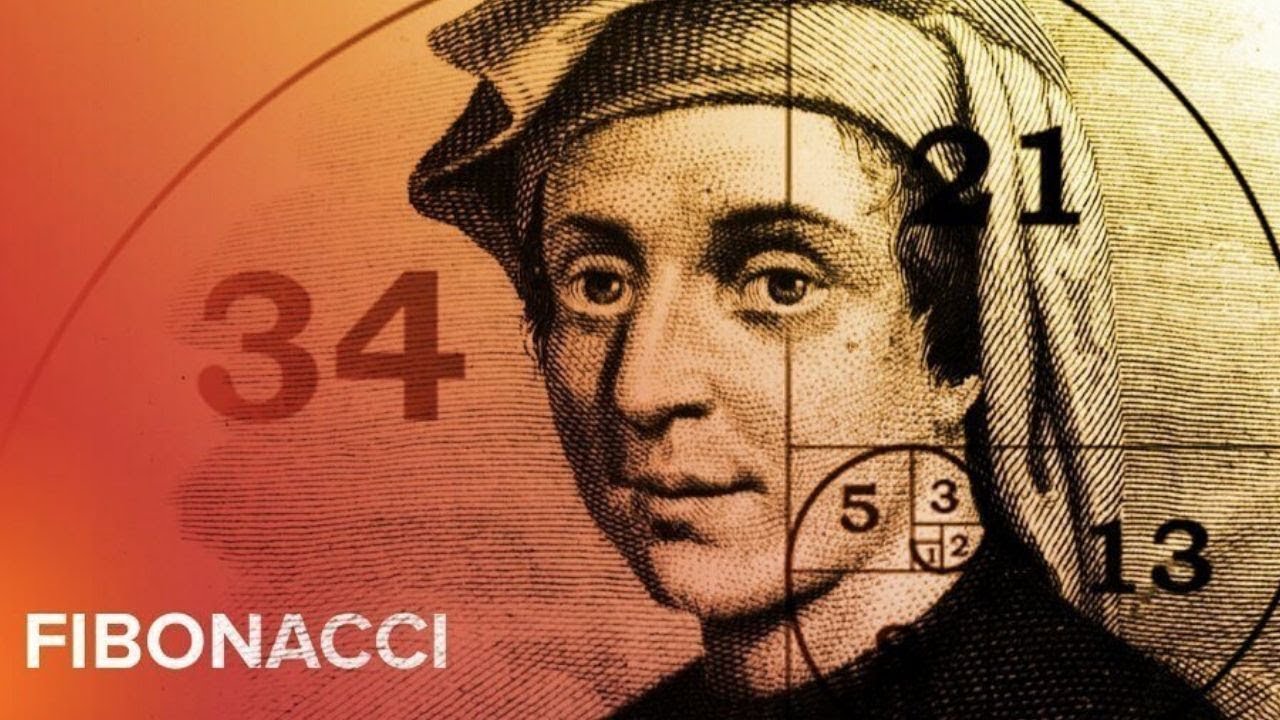He is considered one of the greatest mathematicians of the middle ages: who is Fibonacci?
He received his first mathematics education from Muslim scientists. While Roman numerals were used in Europe and the concept of zero was absent, Fibonacci learned Arabic numerals and zero.

Fibonacci was born in 1170 in Pisa, Italy. His full name is Leonardo Fibonacci. He spent his childhood there as his father worked in Algeria. His mother, Alessandra, died when Leonardo was 9 years old. His father, Guglielmo, managed a trading post between the Algerian port of Bejaia and the Italian city of Bugia. His father hires an Arab teacher to teach his son calculus here.
Fibonacci (c. 1170 – c. 1240–50), also known as Leonardo Bonacci, Leonardo of Pisa, or Leonardo Bigollo Pisano ('Leonardo the Traveller from Pisa'), was an Italian mathematician from the Republic of Pisa, considered to be "the most talented Western mathematician of the Middle Ages".
He received his first mathematics education from Muslim scientists. While Roman numerals were used in Europe and the concept of zero was absent, Fibonacci learned Arabic numerals and zero. Leonardo Fibonacci traveled the entire Mediterranean region and had the opportunity to work with the leading Arab mathematicians of the time.
In 1201, "Liber Abaci" wrote a book of mathematics, which means "book of abacus" or "book of calculation". With this book, he introduced the Arabic numerals and the number system we use today to Europe. He also gave many examples of basic mathematics (such as addition, multiplication, and subtraction) that we learned in primary school. This book, which introduced the modern decimal number system known today as Arabic-Indian numbers, showed its importance in daily life in commercial bookkeeping, converting units of measurement, calculating interest, changing and changing money, and similar transactions. The book spread quickly among educated people in Europe and had a significant impact on the progress of Europe in science.
In Liber Abaci he also describes how to calculate the growth of a family of rabbits in a confined environment. In the solution to this problem, the sequence of numbers showing the increase in the number of rabbit pairs is called Fibonacci numbers, and the sequence is called the Fibonacci sequence. This sequence of numbers has been known to Indian mathematicians since the 6th century but was first introduced to Europe by Fibonacci.
In 1220, Fibonacci was the Roman Emperor II. He is summoned before Frederick. He is put to the test by one of Frederick's scientists. Finally, the Fibonacci enters the eye. He corresponded with both the emperor and his friends for years.
Fibonacci wrote another book called “Liber Quadratornum” (Book of Square Numbers) in 1225. And he dedicated this book to the emperor. In 1228 Fibonacci revised Liber Abaci and dedicated this second edition of the book to Michael Scott, the emperor's chief scientist.
In 1240, he was given an annual salary of "20 Pisa Pounds" by the city of Pisa for his work in mathematics. A statue of Fibonacci was made and erected in Pisa in the 19th century.
Fibonacci died in Pisa in 1250.
